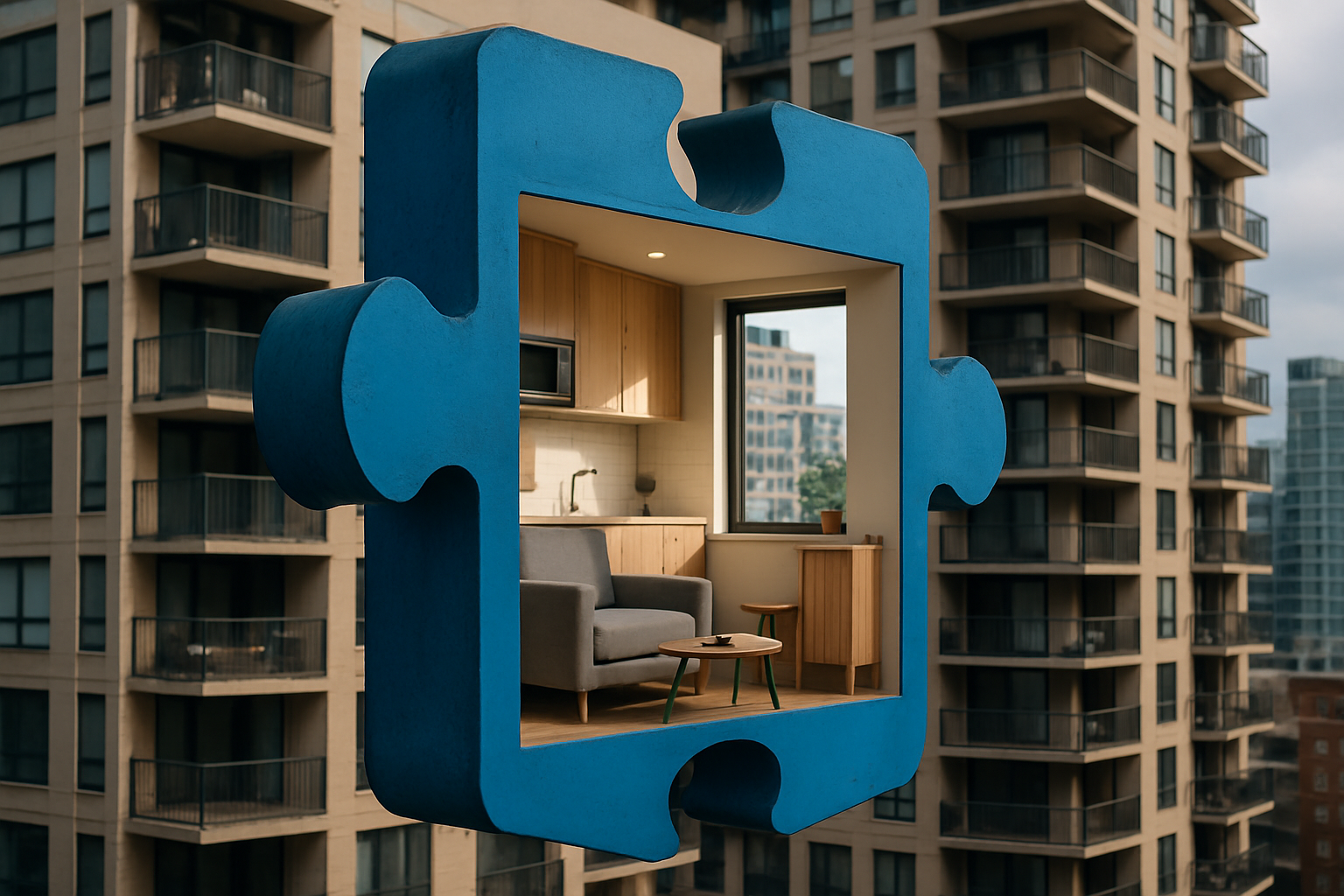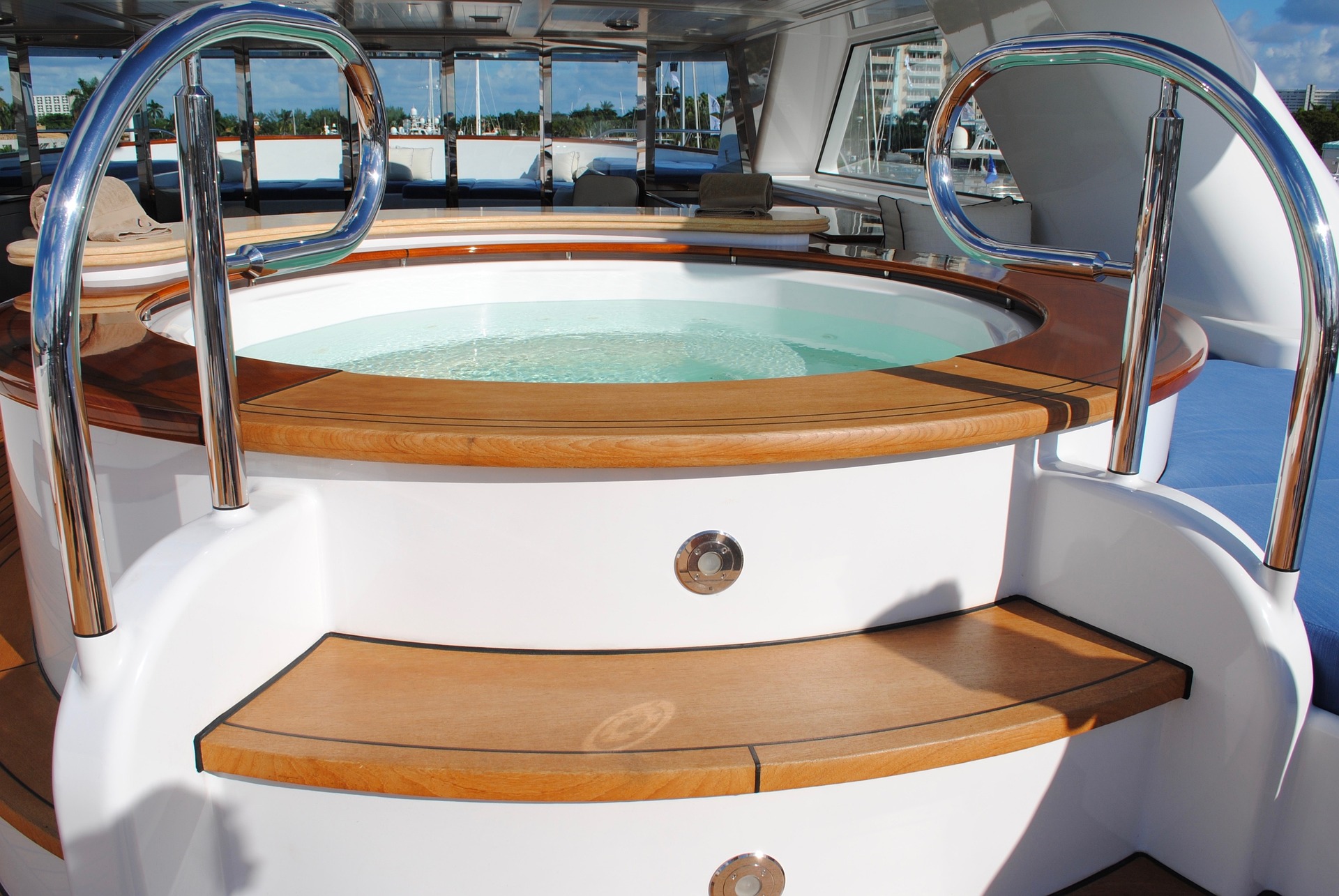Mobile Homes & Trailers: A Comprehensive Guide
Mobile homes and trailers offer an affordable and flexible housing solution for many individuals and families. These portable dwellings come in various sizes, layouts, and types, each with its own unique features and benefits. Whether you're considering purchasing a mobile home or simply want to learn more about this housing option, this guide will explore the key aspects of mobile homes and trailers.

How to Choose the Right Size and Layout for a Mobile Home?
Selecting the appropriate size and layout for your mobile home is crucial for ensuring comfort and functionality. The first step is to assess your household’s needs and lifestyle. Consider the number of occupants, desired number of bedrooms and bathrooms, and any specific requirements such as a home office or extra storage space.
Mobile homes typically come in three standard sizes:
-
Single-wide: These are usually 14-18 feet wide and 66-80 feet long, offering 600-1,330 square feet of living space. They’re ideal for individuals, couples, or small families.
-
Double-wide: Measuring 20-36 feet wide and 42-90 feet long, double-wide mobile homes provide 1,067-2,300 square feet. They’re suitable for larger families or those who prefer more spacious living areas.
-
Triple-wide: These expansive mobile homes can be 50 feet wide or more and offer 1,600-3,200 square feet of living space. They’re perfect for those seeking a more traditional house-like feel.
When considering layout options, think about the flow of the space and how it aligns with your daily activities. Open floor plans are popular in modern mobile homes, creating a sense of spaciousness and facilitating easy movement between living areas, kitchens, and dining spaces.
What Features are Common in Mobile Homes?
Modern mobile homes come equipped with many of the same amenities found in traditional site-built houses. Some common features include:
-
Energy-efficient appliances: Many mobile homes now come with ENERGY STAR certified refrigerators, dishwashers, and washing machines to help reduce utility costs.
-
Climate control systems: Central heating and air conditioning are standard in most new mobile homes, ensuring year-round comfort.
-
Insulation: High-quality insulation in walls, floors, and roofs helps maintain temperature and reduce energy consumption.
-
Durable exteriors: Many manufacturers use low-maintenance materials like vinyl siding or metal roofing to protect against the elements.
-
Modern kitchens: Full-sized appliances, ample counter space, and stylish cabinetry are common in mobile home kitchens.
-
Bathroom amenities: Features like garden tubs, walk-in showers, and dual vanities are available in many models.
-
Built-in storage: Many mobile homes incorporate clever storage solutions to maximize space efficiency.
-
Customization options: Buyers can often choose from various flooring, paint colors, and fixture options to personalize their homes.
What are the Different Types of Mobile Homes?
Mobile homes come in several distinct types, each catering to different needs and preferences:
-
Manufactured homes: These are built entirely in a factory and transported to the site on a permanent chassis. They must comply with the HUD Code, which sets standards for construction, strength, durability, fire resistance, and energy efficiency.
-
Modular homes: While also factory-built, modular homes are assembled on-site and must adhere to local building codes. They often resemble traditional site-built homes and can be placed on permanent foundations.
-
Park model RVs: These smaller units (400 square feet or less) are designed for temporary living and are often used in campgrounds or as vacation homes.
-
Mobile tiny homes: A growing trend, these compact dwellings (usually under 400 square feet) offer extreme portability and minimalist living.
-
Fifth-wheel trailers: These larger towable RVs offer more living space and are often used for extended travel or as temporary housing.
Each type of mobile home has its own advantages and considerations, such as mobility, size, and local zoning regulations. It’s essential to research the specific requirements and restrictions in your area before deciding on a particular type of mobile home.
Cost Considerations for Mobile Homes
The cost of mobile homes can vary significantly based on size, features, and location. Here’s a general overview of price ranges for different types of mobile homes:
| Type of Mobile Home | Size Range | Estimated Cost Range |
|---|---|---|
| Single-wide | 600-1,330 sq ft | $30,000 - $80,000 |
| Double-wide | 1,067-2,300 sq ft | $60,000 - $150,000 |
| Triple-wide | 1,600-3,200 sq ft | $100,000 - $250,000 |
| Park Model RV | Under 400 sq ft | $20,000 - $80,000 |
| Mobile Tiny Home | 100-400 sq ft | $30,000 - $150,000 |
Prices, rates, or cost estimates mentioned in this article are based on the latest available information but may change over time. Independent research is advised before making financial decisions.
It’s important to note that these prices typically don’t include land costs, site preparation, utility connections, or any customizations. Additionally, financing options for mobile homes may differ from traditional mortgages, so it’s advisable to explore various lending options and consult with financial professionals.
In conclusion, mobile homes and trailers offer a diverse range of housing solutions to fit various lifestyles and budgets. By carefully considering the size, layout, features, and type of mobile home that best suits your needs, you can make an informed decision about this flexible and often cost-effective housing option.




